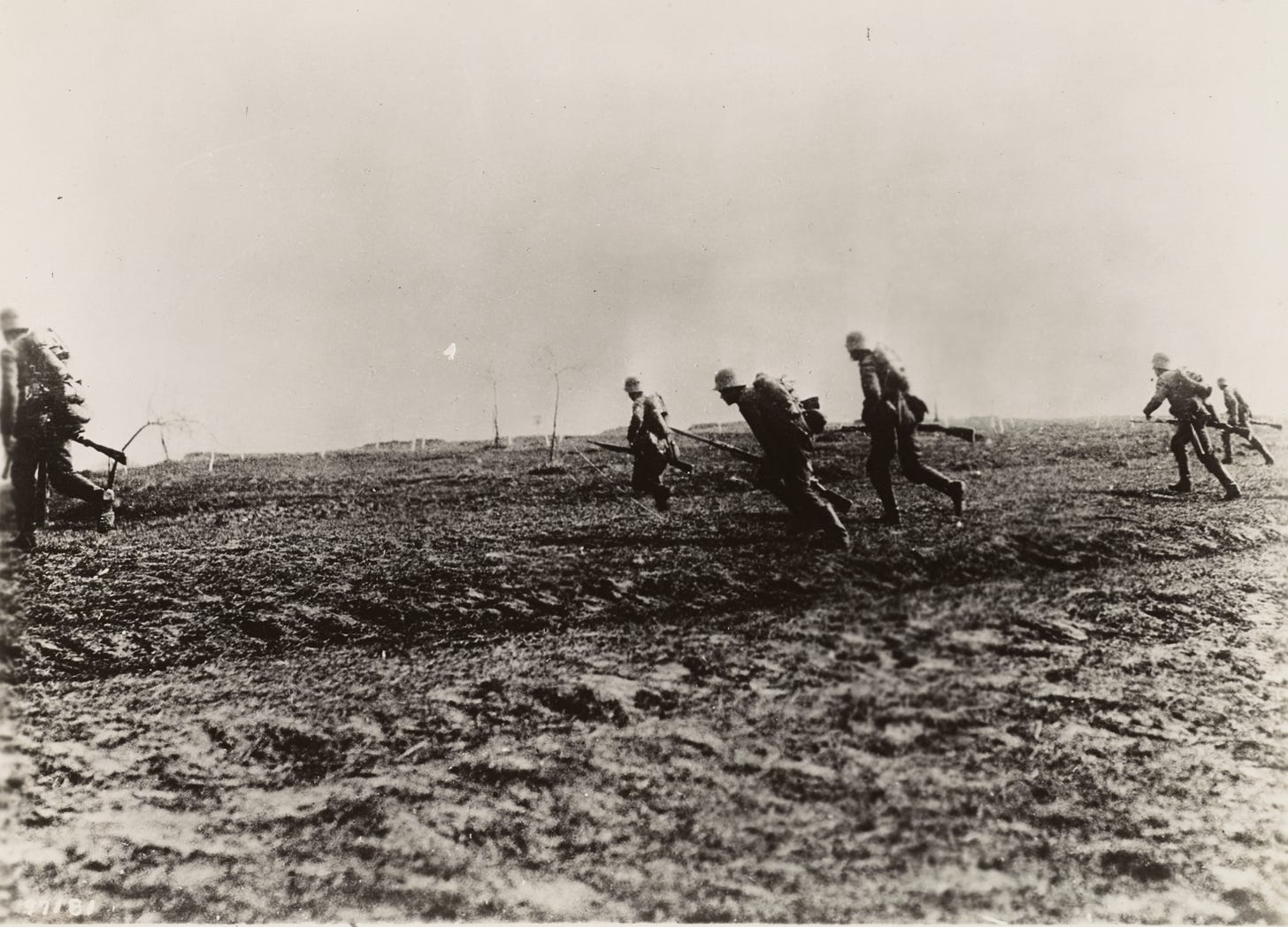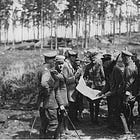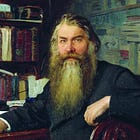Squadfather
Friedrich von Taysen sponsors storm troop tactics
Recently, while looking for something else, I ran into an interesting article. Published under the delightfully Teutonic title of The Assault Units of the First World War as Role Models for the Reichswehr under Hans von Seeckt (1920-1926), this piece described the efforts of Friedrich von Taysen to preserve, promote, and perpetuate the practice of decentralized infantry tactics in the German Army of the 1920s.1 In the course of doing this, it explains how General von Taysen, who served as inspector of infantry for much of the first half of that decade, employed a young Ernst Jünger to write articles in support of this effort.2
In the course of writing this article, its author found lots of interesting documents in the German Federal Archives. (The fact that most of these evaded my keyword searches suggests that he spent considerable time reading the contents of a goodly number of cartons.) At the same time, the author missed a sixty-four page booklet on the subject of infantry tactics that Friedrich von Taysen wrote in 1921.3
I ascribe the failure to uncover the booklet to an oft-repeated mistake made by a librarian at the German National Library, who credited the work to a different member of the von Taysen family.4 Indeed, I was only able to find the work, which makes no mention of personal names, by using a time-restricted surname-only search on the website of the Hathi Trust.5 In much the same way, I was able to identify Friedrich von Taysen as the author because the cover of the booklet listed both the rank and the regiment of its creator.
Now, at this point, I would like to apologize to all readers who expected more in the way of Sturm und Stoß. Likewise, I would like to assure the author of of the First World War that my mention of an overlooked booklet serves neither as criticism of his article (which I greatly admire) nor an exercise in academic oneupmanship (which I disdain). Rather, I wish only to provide readers interested in the finer points of historical research with a warning about the limitations of research aids, electronic and otherwise.6
For Further Reading
Linus Birrel, ‘Die Stoßtruppen des Weltkriegs als Vorbilder in der Reichswehr unter Hans von Seeckt (1920–1926)’ Portal Militärgeschichte (20 March 2023) (A dodgy website has posted an English-language version of this piece. However, unless you wish to correspond with a wardrobe-deficient Russian lady looking for love, I suggest that you ask DeepL to make a fresh translation for you.)
The Tactical Notebook has published its own translations of two of these articles: The Speed of Attacks and The Infantry Training Manual of 1922.
Über die Formen des angelehnten Angriffs und die Verteidigung im Bewegungskriege (On the Forms of the Attack against Resistance and the Defense in Mobile Warfare) (Berlin: E.S. Mittler, 1921)
The catalog of the German National Library ascribes Über die Formen des angelehnten Angriffs to ‘Adalbert von Taysen’. Then, to compound the confusion, it combines three people who bore the latter name into a single author. Marvelous to say, one member of this Ersatz troika was the father of Friedrich (born in 1832), another was his brother (born in 1878), and a third was his nephew (who died in 1972).
Before we leave the subject of unreliable research aids, I should note that the title applied to the photo at the top of this page by the US National Archives describes the men in the picture as members of the ‘301st Prussian Landwehr Infantry Regiment’, an outfit that, as far as I can tell, never existed.








Once again you underscore the need for careful research and source checking when delving into the study of military history. One is tempted to believe that some research libraries and archives are run by people who studied under Mediocraties (Meh, Good Enough) and routinely ignore the inspiration of Clio 🫤